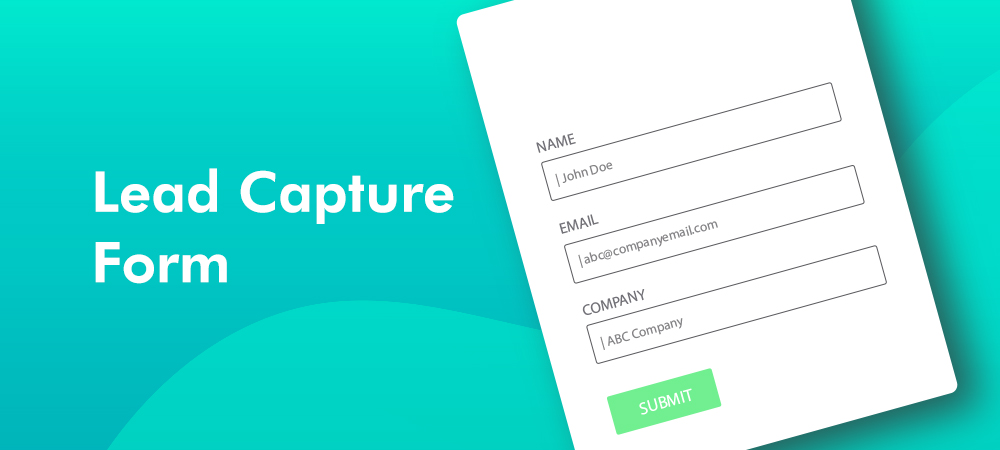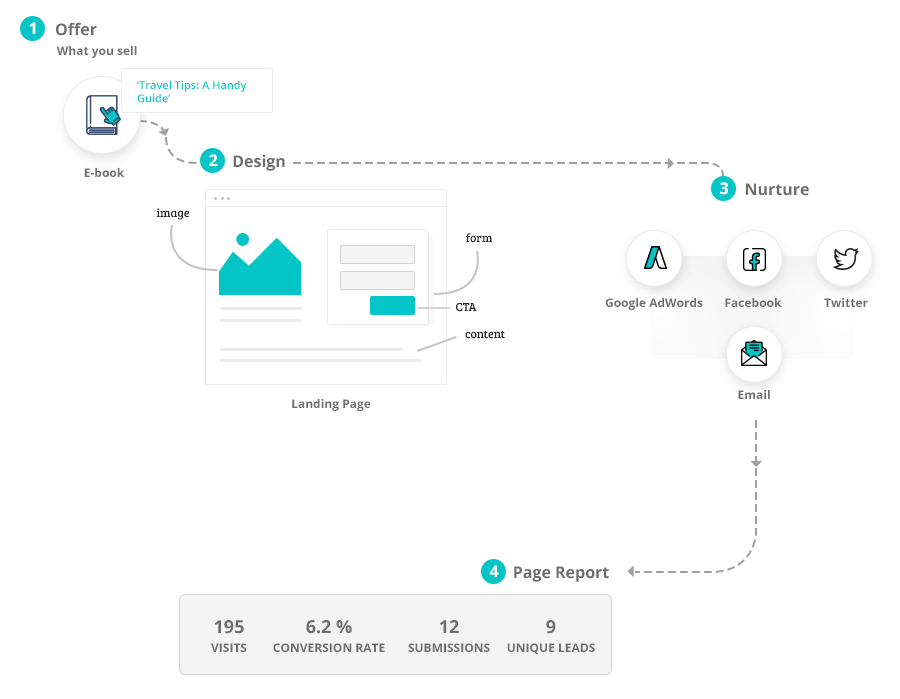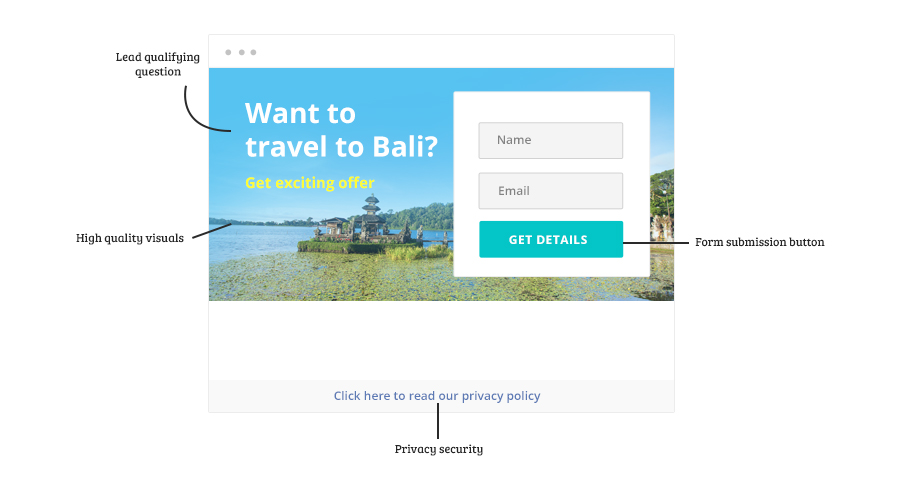You invest countless time, money, and effort into getting people to visit your website. But most people that visit your website aren’t quite ready to buy. Without a lead capture form to collect their information, there’s no way for you to continue growing your relationship with them.

But, lead collection gives you a way to continue the conversation long after your website visitors leave. It’s your chance to learn more about who is landing on your website and what their interest level is in your products. But more importantly, you’ll use your lead collection to nurture the relationship through your sales funnel for a desirable result.
Here’s what you need to know about creating and using lead capture forms on your website:
What Is a Lead Capture Form?
Briefly, a lead capture form is a feature on your website that allows you to collect information from your visitors. You can create custom lead capture forms for specific uses, such as an email newsletter signup or e-book download.
These forms serve one purpose: to give you permission to contact buyers who are interested in connecting with you.
Lead collection forms can appear as a pop up on your website or as an embedded form somewhere on the web page. In most cases, you’ll use lead capture forms on landing pages that offer a free piece of content in exchange for filling out the form.
In either case, your form should specify why you want to collect their information and what the user can expect as a result of giving up their contact info.
Lead forms are usually simple and straight to the point. You only need the basics to start the conversation: name, email, and phone number are the most important. You want to keep the form short and simple to encourage users to sign up. Forms that are too long or complex can result in lower opt-ins.
How It Works
Using lead forms on your landing pages can be powerful tools to fill your sales funnel. Let’s look at how to tap into their benefits:

Step 1: Offer
Before you start designing your lead capture form, you’ll need to create a compelling offer that people will want to take advantage of. Most companies offer free or inexpensive e-books, how-to guides, lists, or other content downloads that promise high-value information.
Create the offer first to help you guide your landing page and form design.
Step 2: Design
You should design your landing page content and form around your offer. Everything from the landing page’s aesthetics to the placement of the form on the page should work together to create interest and desire.
Step 3: Nurture
After users fill out the form, you’ll need an action plan to move your leads through your sales funnel. Nurture your leads to maintain top of mind awareness, help them get to know your company and services, and move them closer to a sale.
Step 4: Track
Monitoring your form’s performance and contribution to your sales funnel can help you determine whether or not it’s working.
If you find your conversion rate is low, you may need to make a few adjustments to your landing page. Simple fixes like changing colors, calls to action, or form length may significantly improve your results.
Features of a Strong Lead Capture Form
Not all lead forms are created equal, but there are a few common characteristics that all successful lead forms share.

High-Quality Visuals
Lead forms perform best when supported with high caliber visual elements. Visitors want to see what they’re buying into, so include images that can add a layer of tangibility to your product.
Lead-Qualifying Questions
When asking your visitors for information, how do you know what to collect?
The obvious name and email address fields are standard on lead capture forms. But you’ll also want to consider other data that helps to qualify your leads. This is information that helps you determine the lead’s chance of actually turning into a sale.
Fields like company name, website, number of employees, role, or specific needs can give you more insight into your customer so you can better prepare to market to them.
Privacy Policy
Include a privacy policy to instill confidence in your users. They need to know how you plan to use their information before entrusting you with sensitive data.
Form Submission Button
Make sure your Submit button is prominent on your page. Include a clear call to action that lets them know what to do. More effectively, using CTAs that imply what will happen, such as “Get your e-book” or “Book your seat” are more effective
You’ve Got the Leads. Now What?
A lead capture form is only effective if you plan to use the leads you earn. Once they fill out your form, you’ll need to include them in a nurturing strategy.
LeadSquared provides a comprehensive platform that lets you easily integrate lead form data into your total sales and marketing strategy. Our suite not only helps you capture leads from your website, but can also score, qualify, and assign leads to cut down on time and confusion.
Want to see what a LeadSquared lead capture form looks like in action? Start your free 15-day trial today to see how you can start collecting and leveraging lead data for the ultimate success.








